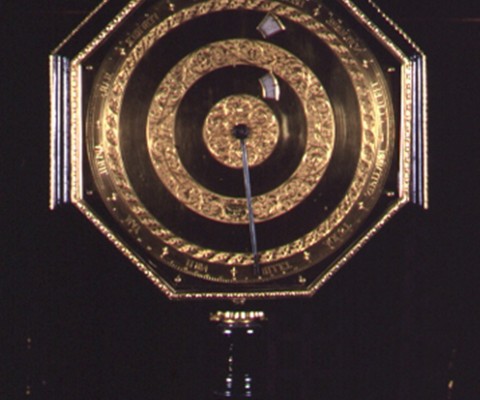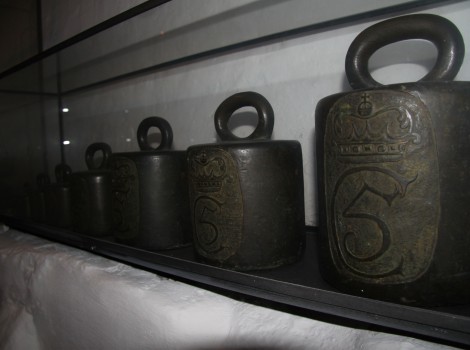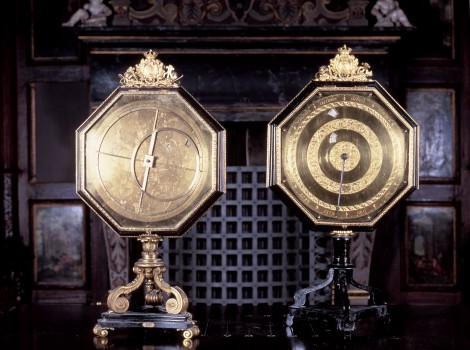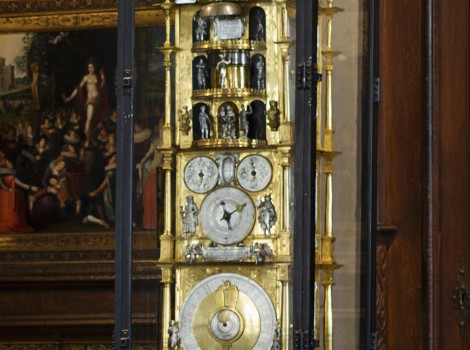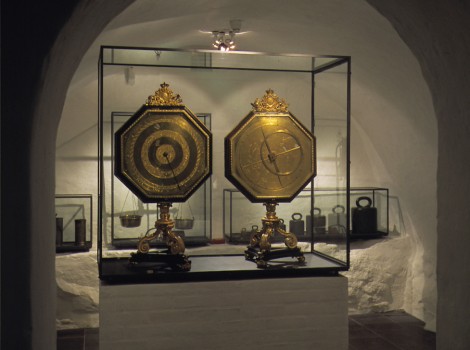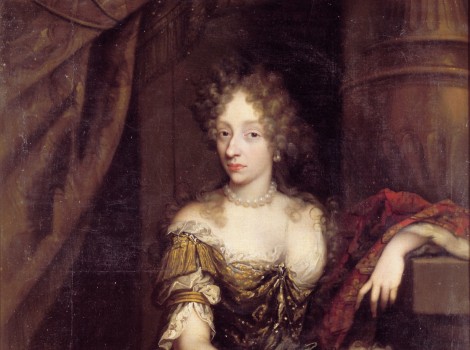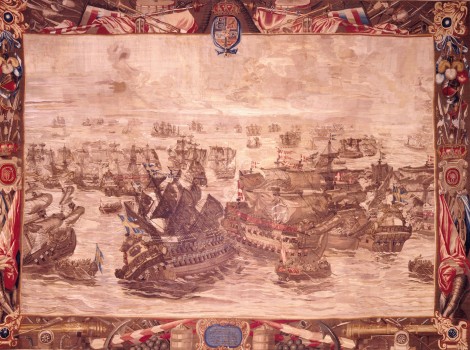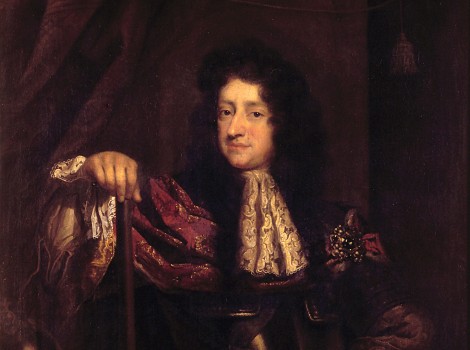Eclipsarium
Eclipsarium. Designed by Ole Rømer to calculate the Moon’s orbit and eclipses. Made in Paris 1678-1679 by Isaac Thuret, royal clockmaker.
Ole Rømer (1544-1710) was educated as an astronomer at the University of Copenhagen, and was attached to the observatory in Paris from 1672-1681. During his studies of the moons of Jupiter he discovered “the hesitation of light”, meaning its speed, which gave him international recognition.
After his return home in 1681 he quickly became the kings’ most trusted advisor concerning most technical matters, and he helped rationalize a long list of things, including standardized measures for distance and weight.

 Dansk
Dansk
 English
English
 Deutsch
Deutsch

